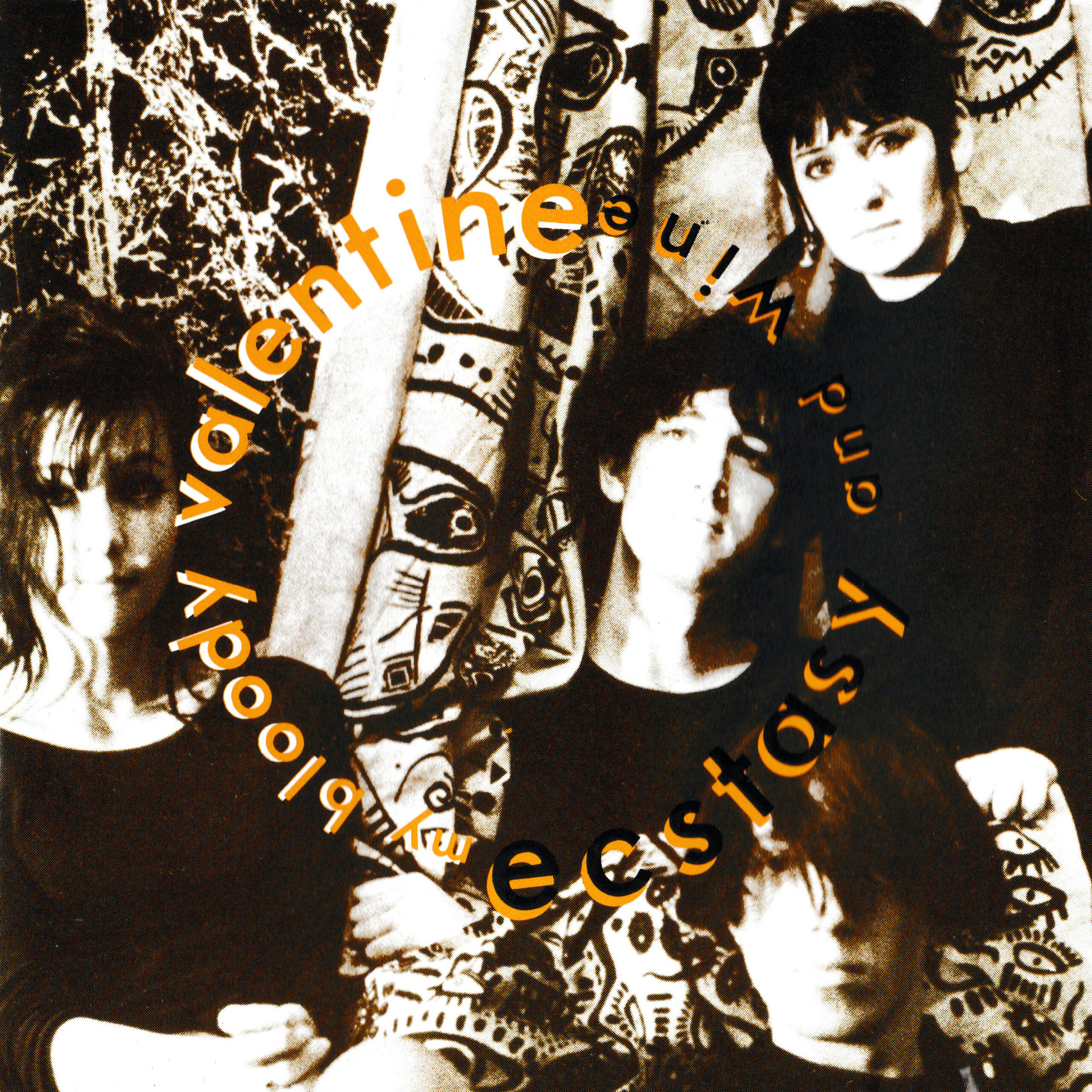A Brief History of Shoegaze: The First Wave
Hello everyone! Today on Gazeinmyshoes, we’re gonna be asking some big questions like what is Shoegaze? Why does it matter? How did it start? These may seem like questions too big for a blog post, but we shoot for the moon here!
What is Shoegaze?
It can be a little hard to define since it’s influences are seen in a lot of modern rock music, major examples of direct influence being The Smashing Pumpkins’ early records and Fountaines D.C for more current indie rock fans. It also shares a lot of similarities with Dream Pop, due to their similar aesthetics and coming into popularity around the same time. I’ll be going more in depth with the differences between each subgenre in a later post, but know that you can clearly hear the difference once you know the difference between each genre.
You may have already seen my answer to this question in the FAQ section of the homepage, but Shoegaze is a subgenre of indie/alternative rock that focuses on ethereal vocals and heavy use of guitar effects such as reverb, distortion, delay pedals, and feedback. The name Shoegaze comes from the original term Shoegazing, which describes the style of play for Shoegaze bands since in a live setting, the guitars are usually hooked up to so many effects pedals that the players are staring down at them, hence the term “Shoegazing”. Now that we know what Shoegaze generally is, we can start looking into the history of it and how the genre started.
How Did it Start?
Shoegaze got its start in 1980’s England and Ireland, but it’s roots run a lot deeper than you may think. Shoegaze pulls from a multitude of different genres and sources, ranging from both sides of the pond. Phil Spector’s “Wall of Sound” technique, which was a production technique that incorporated reverb and echo chambers to create an almost overwhelming cacophony of noise, is seen as a evolutionary throughline to early shoegaze along with 60’s psychedelic rock acts such as the Velvet Underground and The Byrds. Besides just psychedelic rock, early shoegaze bands also drew on more contemporary bands of their time. Post-Punk, especially in the U.K, was in full swing and became a major influence for a lot of these early acts. Slowdive and Lush, two major bands in the initial first wave of shoegaze, both cite post-punk bands Joy Division and Siouxsie and the Banshees (which I would highly recommend checking out if you are interested in learning more about U.K post-punk) as significant influences.
During this first wave of shoegaze, which is generally considered to be around 1983-1994, it was called “The Scene That Celebrates Itself” due to the unique camaraderie between bands. First coined by Melody Maker’ Steve Sutherland, bands would often sit in on each others shows and even swap members during the show for the fun of it. There wasn’t rivalries or competition like other scenes, it was seen more as an artistic community of equals that all worked together.
But if it was so perfect, why did the first wave of shoegaze end?
Why Did Shoegaze “Die Out”?
Maybe things were too good for too long like many things we love are, until we come back to it after we’ve refreshed our brains a bit. Critics started to see “The Scene That Celebrates Itself” as over-indulgent, middle-class, preppy, and too pretentious for the average person.
The sound of shoegaze was in complete oppostion to the new music coming to the U.K from across the pond. Grunge music was taking over the world in the 1990’s and showed no signs of stopping at the time even if hindsight is 20/20 now to us in the modern day. But shoegaze also faced new competition at home as well. Britpop, popularized by bands such as Oasis, Suede, and Blur (which was ironically grouped in with other shoegaze groups during their early years) were seen as more intelligible and palatable for the average British listener, which swerved as another sharp contrast to shoegaze with its swirling instrumentation and frankly at times completely unintelligible lyrics due to how the songs were mixed.
With two rising competing scenes, and more overt pressure from record labels, a lot of band pivoted into other sounds. Lush, once a titan of the scene, shifted to Britpop entirely for their last album, while Slowdive went in a more post-rock direction (before being dropped by their label for it) for their third album. Soon, there wasn’t really any true shoegaze bands left, and the first wave ends there.
But you may have noticed, dear readers, that I’ve left out something important. This is only the FIRST wave of shoegaze, the story of this genre is far from over. In my next post, I’ll be talking more about how happened to all of these groups after shoegaze fell out and the subgenres they spawned, along with the revival period from the 2010’s to now! I hope this was helpful or at least interesting, look into one of my favorite genres of rock and how it started.
Keep those headphones on! You’ll be hearing more from me soon, catch you around!
-Psuedo

Cocteau Twins (1986)
Cocteau Twins (pictured above) are known mainly for popularizing the dream pop sound of the 90’s, but were major innovaters in the shoegaze scene as well. Credits: Relativity Records, U.S press kit for the Pink Opaque

My Bloody Valentine is one of the most mainstream shoegaze bands. Originally started in 1980’s Ireland, My Bloody Valentine is one of the few shoegaze bands to stick to their roots and take a hiatus instead of pivoting to another genre during the end of the first wave.
“My Bloody Valentine – Ecstasy And Wine” by Invicta Red is marked with Public Domain Mark 1.0.
